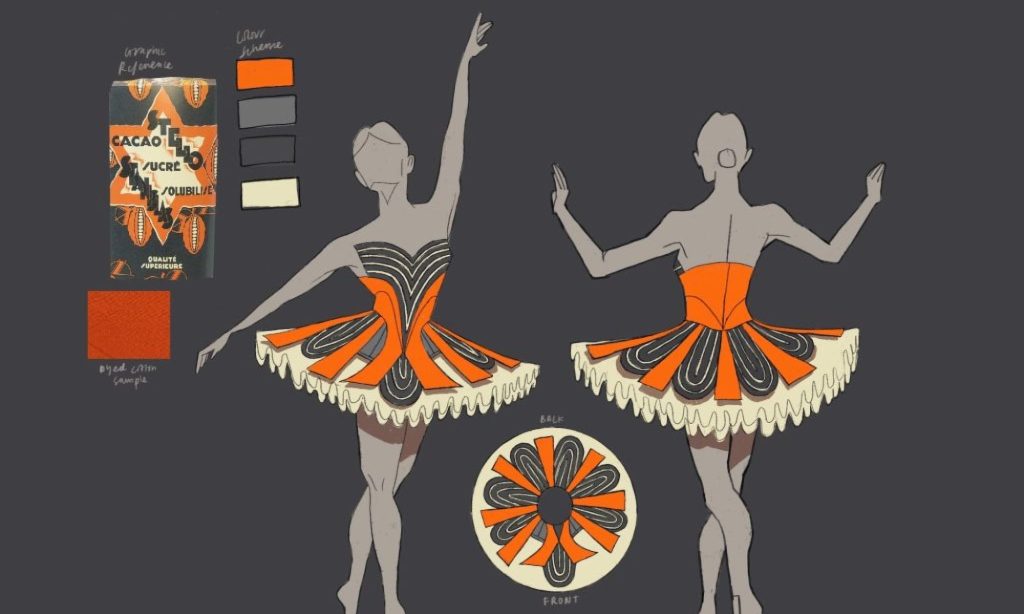Following from the end of last week, I permanently hand sewed the lower bodice into place. This was painful sewing around that tight corner and it was hard to line up evenly as I hadn’t marked the position of the overlap properly on the upper bodice. These issues with lining it up resulted in the lower bodice sitting higher up at the back than expected. While not intentional, the more I look at it, the more I like it being higher at the back.
With the two bodice halves sewn together, I wanted to hem the bottom edge. First though, the boning on the centre back needed to be sewn in place as it is encased inside the bodice. This was done by sewing a channel in the right side of the centre back and cutting a piece of boning to length to slide inside. This way, when the top and bottom of the bodice are hemmed, the boning will be held inside.
When hemming the underside, I also trimmed down the seam allowance from the top half of the bodice to reduce bulk and snipped into any tight corners so that the fabric would fold nicely at the hem.
To further reduce wrinkles on the bodice, boning needs to be placed along some of the seam allowances. Casings are sewn in petersham, the bonings are cut to size, inserted into the casings, and sewn onto the centre front, side-side-front, and side-side-back with a herringbone stitch. Ballet dancers have to maintain mobility so boning can’t be sewn onto the bust seams or side seams.

Now that the boning channels are sewn into place, it’s time to finish the bodice. To finish the top seam, piping had to be sewn on. This was made by cutting a strip of the top fabric, matching the grainline to the bodice, and sewing with a piping cord inside.
The piping was then sewn to the tack line and any excess fabric facing the inside of the bodice was trimmed to neatly fold the piping over. The piping is then sewn to the inside to create a finished edge, nearing the completion of the bodice.
The final step of the bodice and the last thing I did this week was sew the the fastenings on the back. These are sewn in the same way as the fastenings on the tutu plate. The more securely these are sewn, the better.
